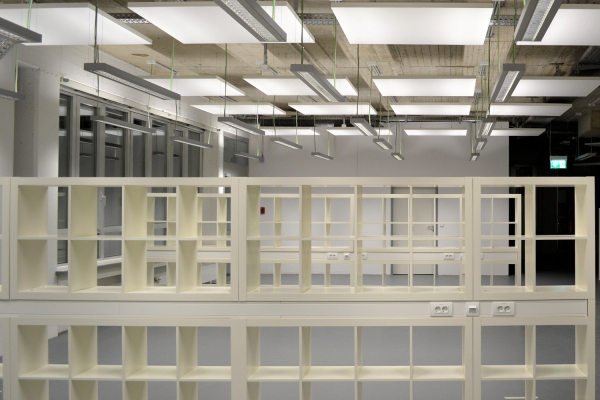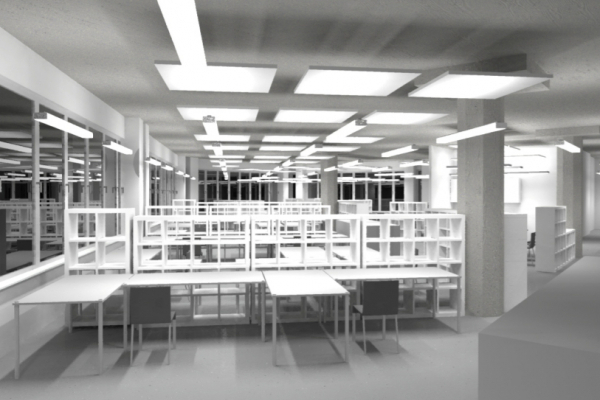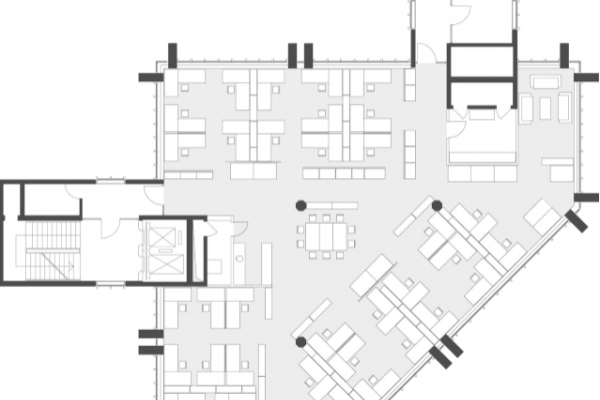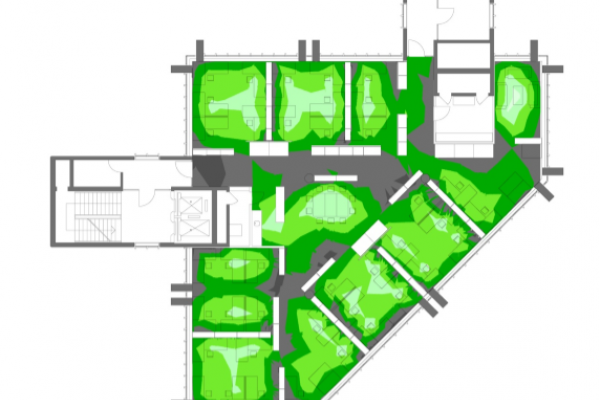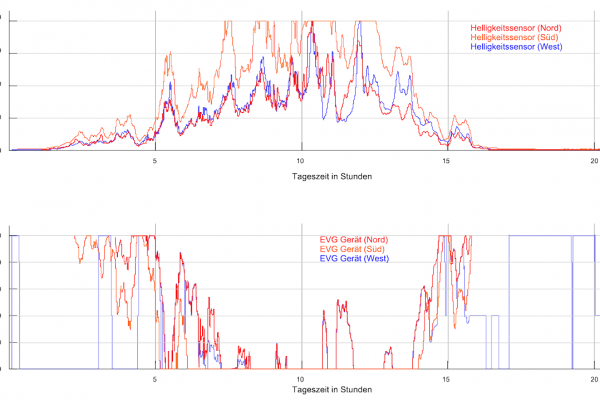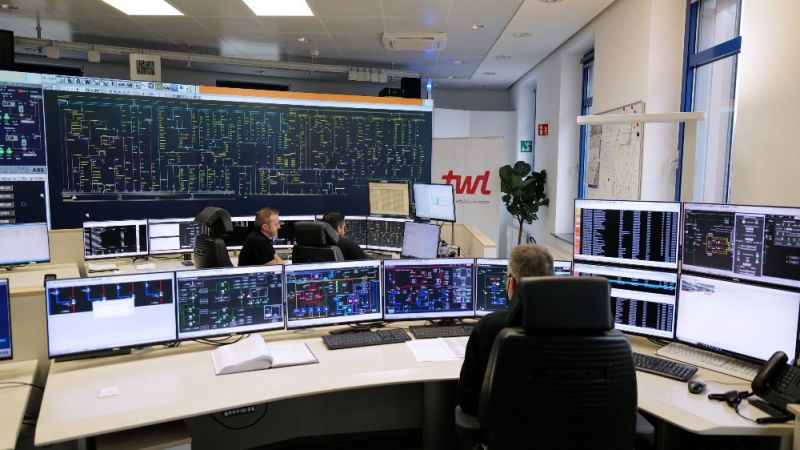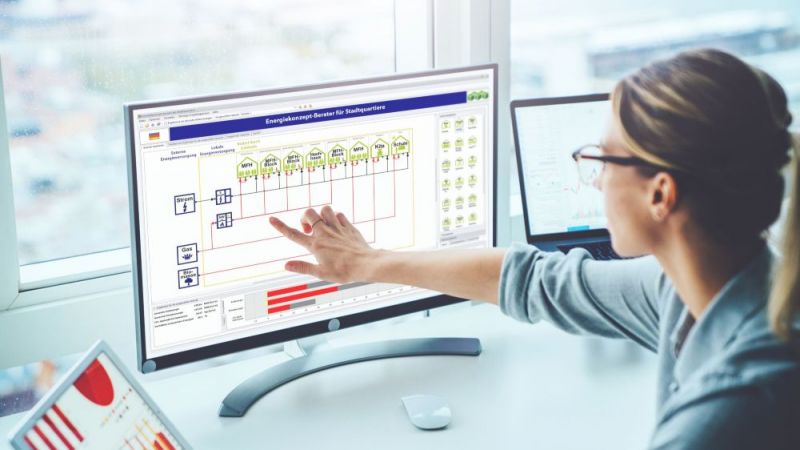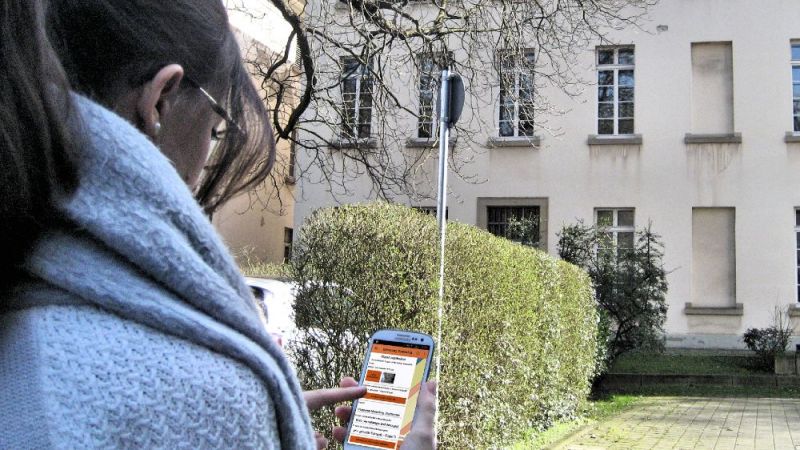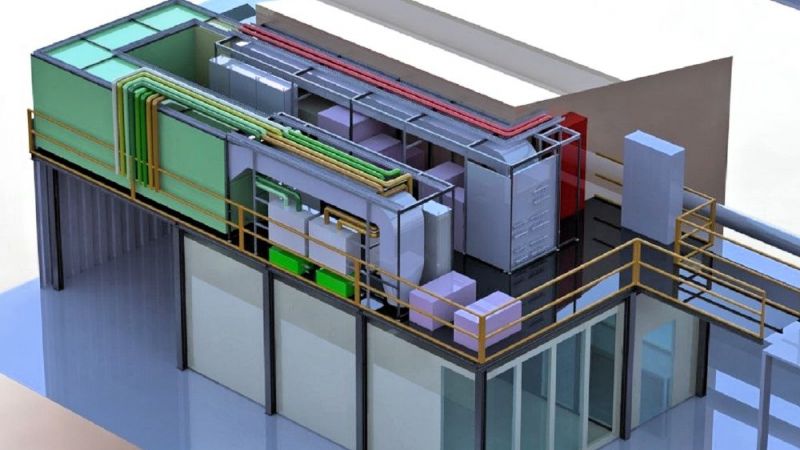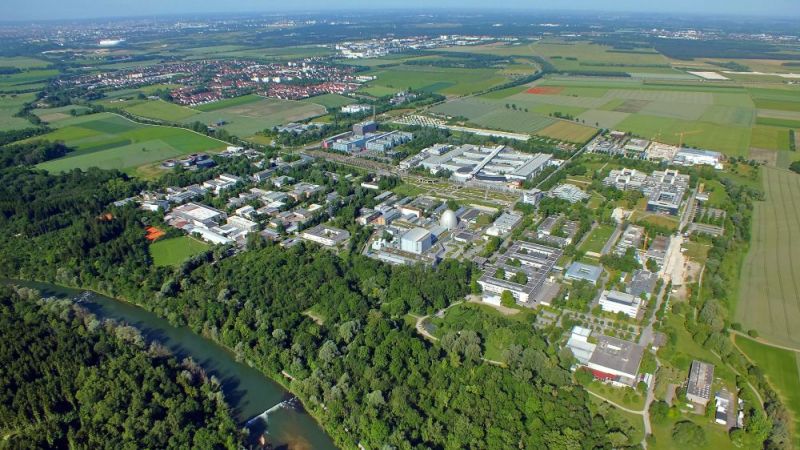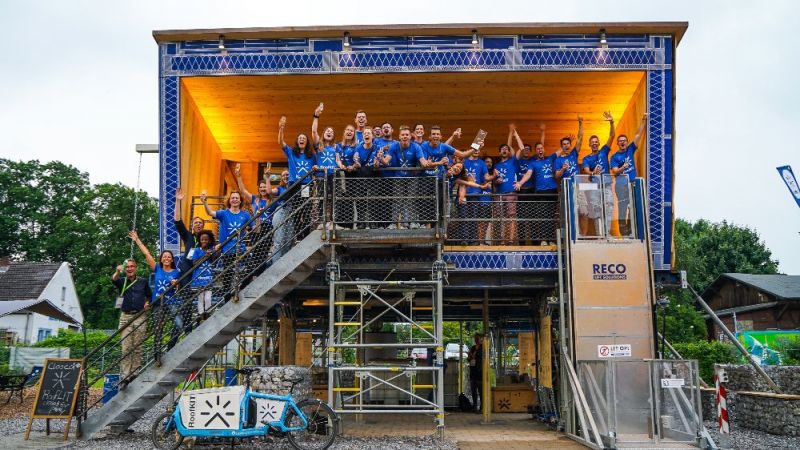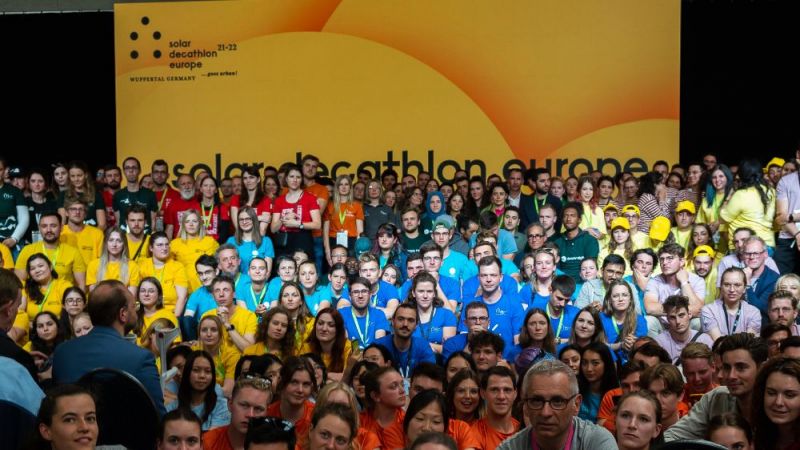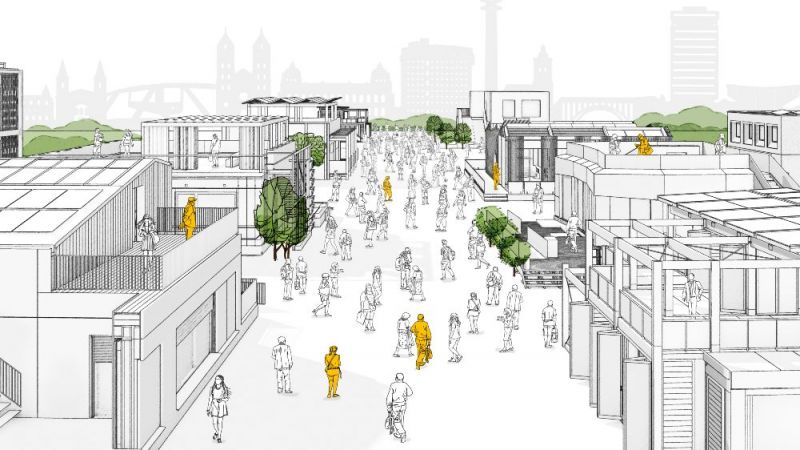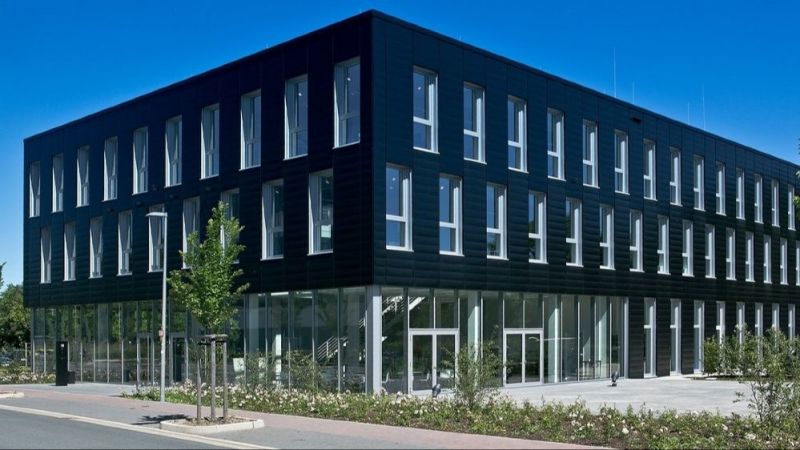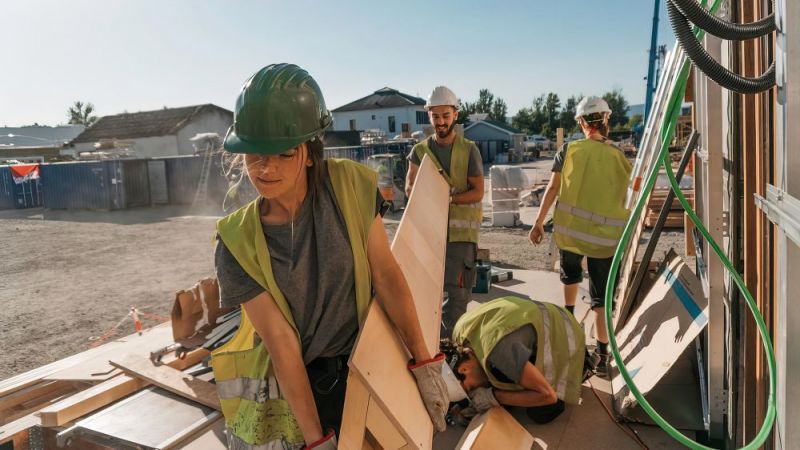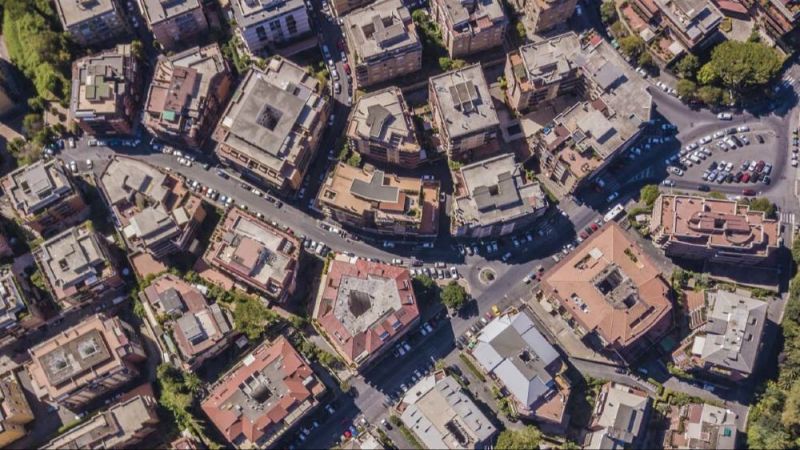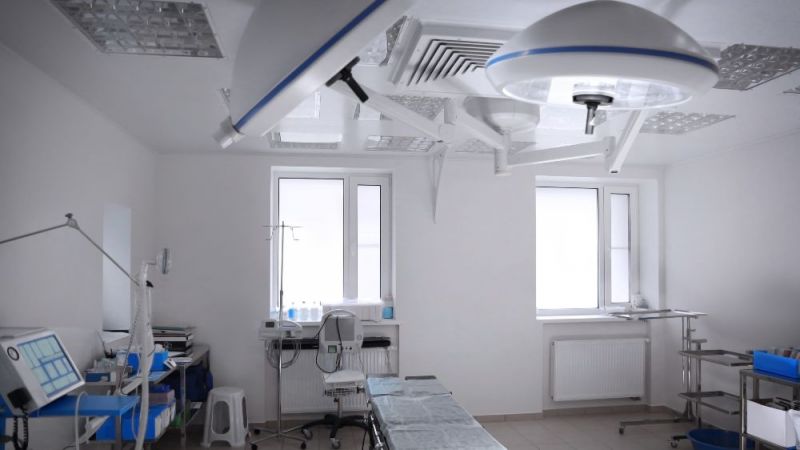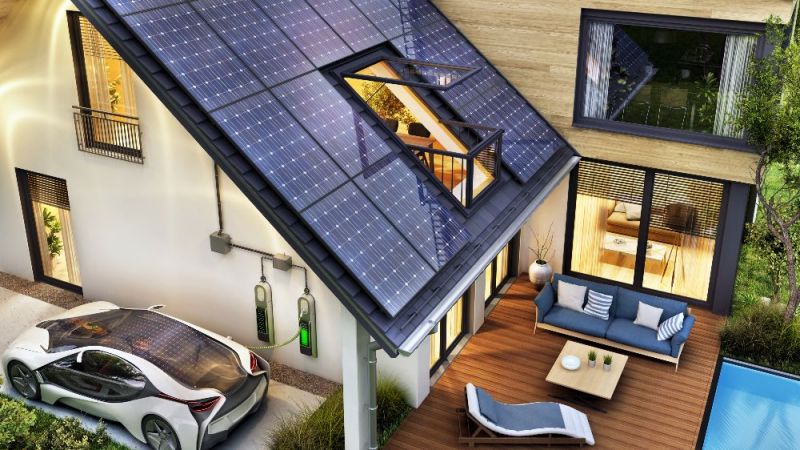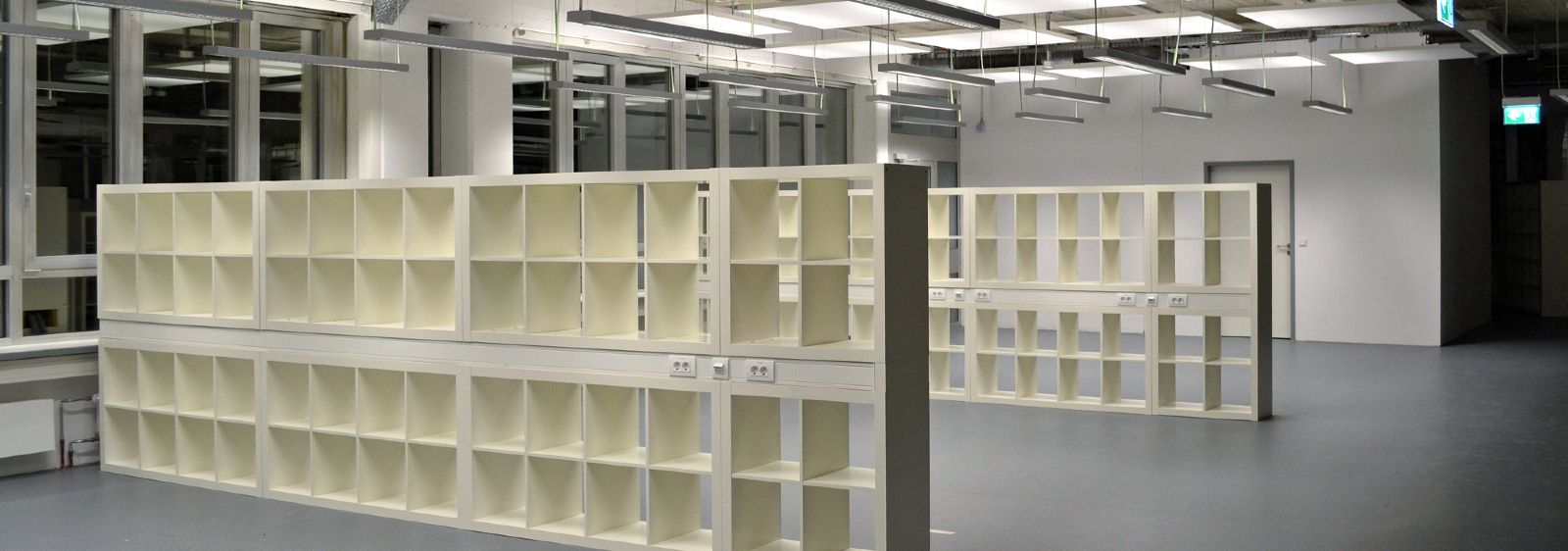
Building automation
Cost-effective decentralised fieldbus system tested
SmallCAN can be used to considerably simplify the automated operation of buildings. In terms of its basic structure, the simple and flexibly extendable fieldbus system has its origins in the automotive sector and requires very little power itself. It is also relatively inexpensive to implement and extend. In a research project the streamlined building automation system has now been expanded to include a number of automation functions that in particular can be used in public buildings. In addition, its practical suitability in real operation is also being scientifically evaluated. The final report is now available.
On larger buildings with complex building technology, integrated automation can lead to considerable energy savings. Yet systems readily available on the market are often not utilised due to the costs involved or are unable to realise their full energy efficiency potential owing to deficient flexibility or extendibility.
With the SmallCAN field bus system, a large number of sensors and devices can be integrated affordably and in a simple topology as bus subscribers. A special characteristic of SmallCAN are the low energy requirements for the entire automation system. It is furthermore relatively simple to implement, as it is not usually necessary to program the bus subscribers individually. Standard applications can be integrated in the sense of function blocks through simple parameterisation. SmallCAN is capable of interconnecting up to 1,000 bus nodes via a single line max. 1,000 meters in length. Standard telephone cabling and inexpensive standard components are sufficient. There is now a comprehensive portfolio of available applications that create an overall system from its function blocks.
SmallCAN systems are inexpensive as the decentralised concept copes without specific bus devices. This also greatly simplifies assembly in terms of cost. The system also relies universally on standardised electronic components such as light switches or pumps that are connected inexpensively via bus modules.
The envisaged system is both capable of satisfying the requirements of an industrial field bus system and suitable for the automation of buildings of different types.
Research focus
The relatively recent SmallCAN building automation system was extended in the research project to encompass several additional automation functions to broaden the applicability and practical suitability of the system. Trialling was undertaken under realistic conditions in two buildings, a private residential building and a public college building. The project furthermore seeks to establish the multiplicity and range of application modules necessary for practical application. The researchers hope to demonstrate the advantages of the SmallCAN system in example installations.
Successes
To test the practical suitability of SmallCAN, the new building automation system was installed in two buildings.
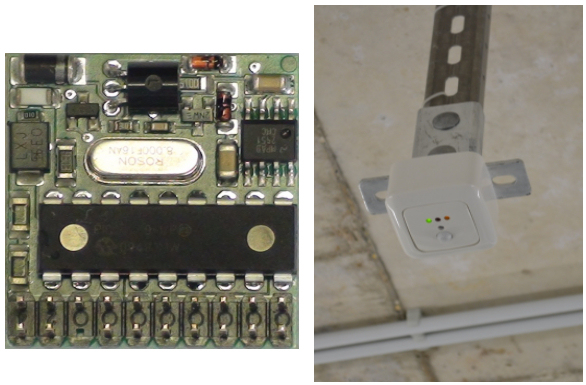
The first demonstration property is a single-family dwelling with a surface area of 400 square meters, whereby approx. 100 application modules are used. The automation system in the property facilitates custom or system-optimised regulation of the heating system, lighting, garage doors, blinds etc. The heating system for the building has been parameterised for compliance with the provisions of the German Energy Saving Ordinance EnEV according to DIN 4108-6 and DIN 4701-10. The building automation system has been in operation at the property for roughly two years, meaning that a wealth of measurement data and experience is already available.
The second of the two demonstration properties is a student study hall at the Technical University of Braunschweig. The focus of the system design in this particular case was daylight-dependent brightness regulation with automatic activation/deactivation. The researchers hoped to establish an energy and comfort-efficient lighting concept in the course of the project in compliance with the German Energy Saving Ordinance and the German Ordinance on Workplaces. Using networked light sensors and motion detectors, a reduction in consumption of approx. 60% can be achieved through the digital control of lighting (DALI - Digital Addressable Lighting Interface) at the 39 workstations, and the surface area-specific energy requirements of less than 14 W/m² defined in the EnEV achieved.
The researchers generally expect to be able to reduce the overall primary energy consumption of a building by 10 to 25% on average using the automation system. Comparing the SmallCAN system to popular automation systems shows both the energy consumption of the system and the costs of the devices to be up to 10 times less. This doesn’t even factor in the cost benefits associated with the fact that star wiring is no longer necessary in networking the devices.
Application
There is now an extensive portfolio of application modules for SmallCAN for using the system in building automation. Analyses for functional safety and tests for electromagnetic compatibility (EMC) have already been successfully implemented. Market launch of the system is planned.
27.10.2021


